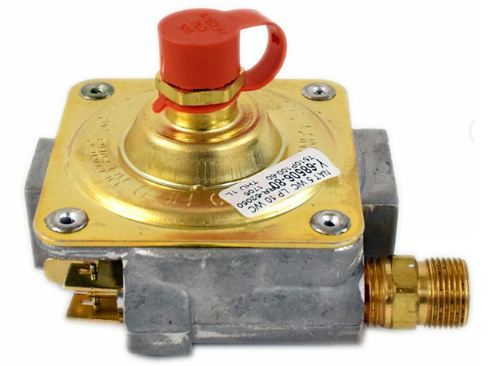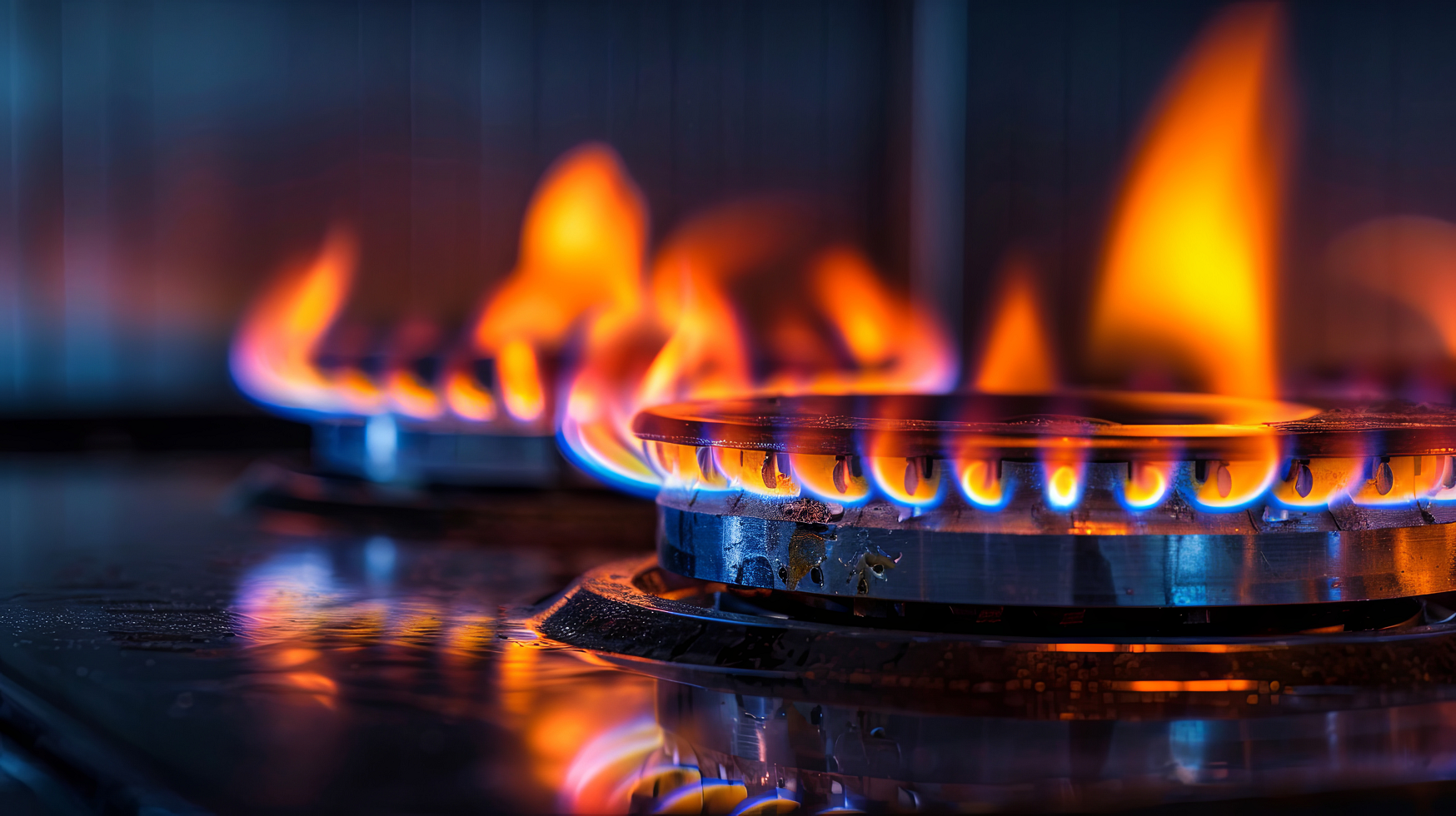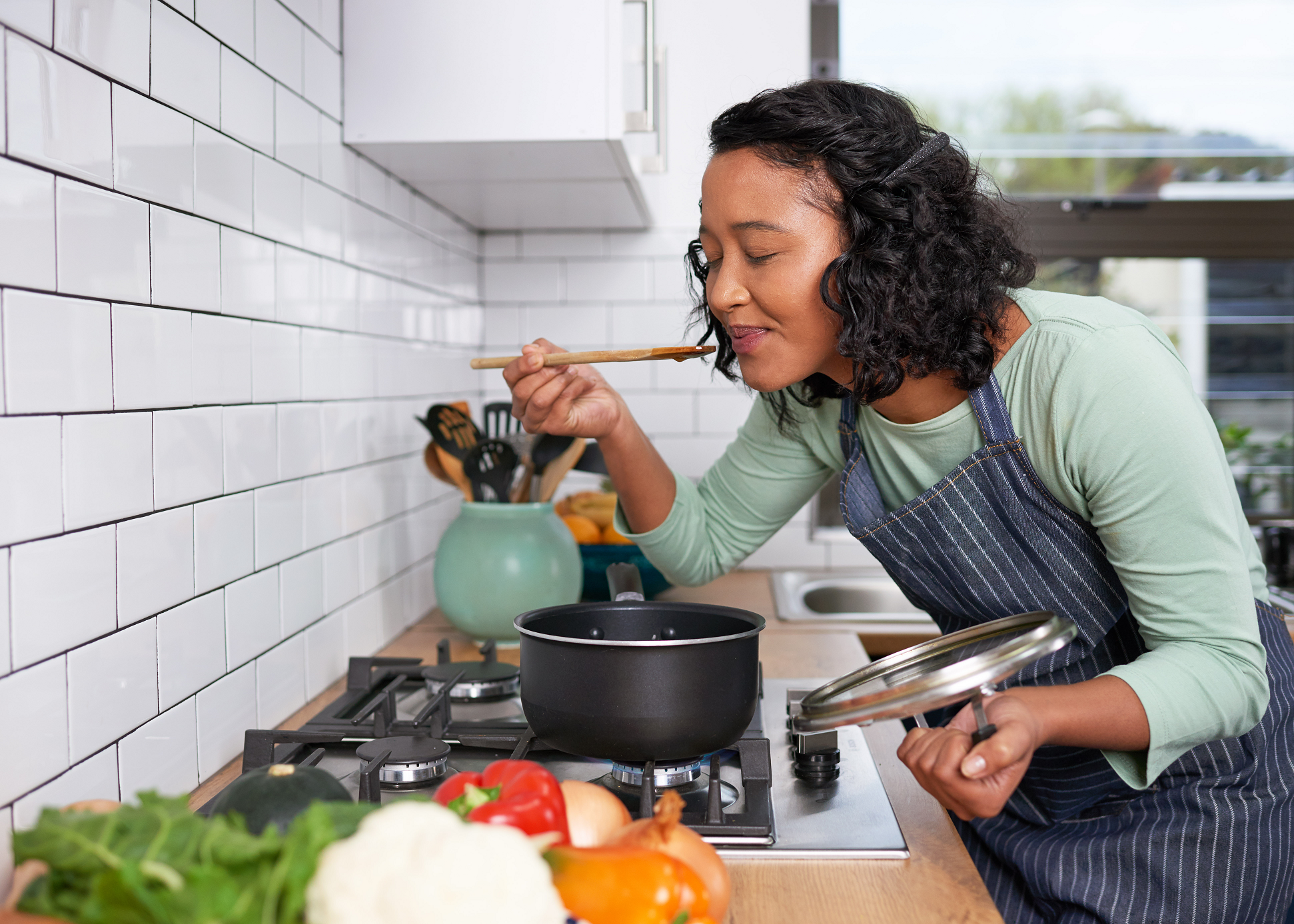Table of Contents
What is a Gas Pressure Regulator?
Why is a Pressure Regulator Important for Gas Ranges?
Key Components of a Gas Pressure Regulator
How a Gas Pressure Regulator Works, Step-by-Step
Signs of a Faulty Pressure Regulator
How to Test and Maintain a Gas Pressure Regulator
FAQs about Gas Pressure Regulators for Gas Ranges
How Does a Pressure Regulator Work?

A gas range is an essential appliance in many kitchens, providing consistent heat for cooking meals to perfection. But to operate safely and efficiently, your gas range relies on a key component: the pressure regulator. Understanding how a pressure regulator works is not only valuable for troubleshooting issues but also for enhancing safety. In this article, we’ll dive into everything you need to know about gas pressure regulators, including their function, importance, and how they impact the performance of your gas range.
KEY TAKEAWAYS
- The pressure regulator on a gas range controls the gas flow, ensuring steady and safe pressure levels for consistent flames and effective cooking. Without it, the range could experience issues with flame size, heating, or even gas leaks.
- The regulator's diaphragm, spring, and valve work together to adjust gas flow as needed, maintaining even pressure to burners despite fluctuations in gas supply or demand, such as when multiple burners are in use.
- Inconsistent or weak flames, gas smells, and lighting issues can signal regulator problems. Regular inspections and professional maintenance can prevent malfunctions, ensuring the safety and longevity of the gas range.
What is a Gas Pressure Regulator?
A gas pressure regulator is a device that manages the flow of gas from a high-pressure source to the gas range, ensuring a steady and safe gas flow. By controlling the pressure, it helps maintain consistent flames, which is crucial for even cooking. In essence, the regulator acts as a "valve" that adjusts itself to deliver gas at the appropriate pressure level to the burners.
Why is a Pressure Regulator Important for Gas Ranges?
The gas pressure regulator is vital because it keeps the gas flow at a consistent pressure, preventing issues like fluctuating flame size, poor heating, and even potential hazards from gas leaks. Without a regulator, the gas flow could be too high or too low, leading to inefficient cooking or, in extreme cases, safety risks.
Most gas appliances, especially gas ranges, operate optimally within a specific gas pressure range, and the regulator ensures that it remains within these limits.
Key Components of a Gas Pressure Regulator
To understand how a gas pressure regulator works, let’s break down its main components:
- Diaphragm: A flexible membrane inside the regulator that moves to adjust the gas flow.
- Spring Mechanism: Exerts pressure on the diaphragm, which helps control the amount of gas passing through.
- Valve: Opens and closes to regulate gas flow based on the pressure needed.
- Inlet and Outlet Ports: Where gas enters from the high-pressure source and exits to flow to the range burners.
- Adjustment Screw: Allows for manual adjustments to the regulator’s pressure settings, if necessary.
Each component works together to ensure gas is released at a steady pressure, regardless of fluctuations in the gas supply.

How a Gas Pressure Regulator Works, Step-by-Step
Here’s a simplified look at the process:
1. Gas Enters the Regulator
The supply line connected to the gas supply cut-off valve and then the range provides gas to the appliance. High-pressure gas from the supply line enters through the inlet port.
2. Gas Exerts Pressure on the Diaphragm and Control Spring
The incoming gas pushes against the diaphragm and the diaphragm movement is limited by the control spring. When supply side gas pressure rises, the control spring pushes back against the diaphragm to limit gas flow going into the range to prevent too much gas pressure and gas volume from entering the range. When you turn on burners or the oven starts using gas, the diaphragm opens to maintain the constant gas supply pressure and volume to the range.
3. Steady Gas Output to Burners
As the diaphragm moves, it opens or closes the valve to regulate the amount of gas reaching the range surface and oven burners. This balance ensures a steady flow of gas, maintaining consistent flame size.
The regulated gas exits through the outlet port and flows to the range burners at a safe, usable pressure, providing reliable heat for cooking.
The regulator continuously adjusts gas pressure and volume based on changes in demand (e.g., if you turn on multiple burners) and fluctuations in gas supply, maintaining an even pressure for all cooking needs.

Signs of a Faulty Pressure Regulator
If your gas pressure regulator malfunctions, it can affect your range’s performance and safety. Here are some signs to watch for:
- Inconsistent Flame Size: If you notice that the flame size fluctuates or is uneven, it may indicate that the regulator isn’t controlling the gas flow properly.
- Weak or Yellow Flames: A regulator problem can cause low-pressure issues, leading to weak flames or flames that burn yellow instead of blue.
- Hissing or Gas Smell: If you hear hissing sounds or smell gas, it could indicate a gas leak, which may be due to a faulty regulator.
- Difficulty Lighting Burners: If burners struggle to ignite or won’t stay lit, the regulator might not be providing enough gas to sustain a flame.
If you observe any of these signs, it’s crucial to schedule range repair service to have your stove checked by a professional technician to ensure safe operation.
How to Test and Maintain a Gas Pressure Regulator
Routine checks and professional range maintenance can prolong the life of your gas pressure regulator and ensure it functions safely:
- Visual Inspection: Regularly inspect the regulator for any signs of damage, like cracks or wear. If you see anything unusual, replace the regulator immediately.
- Check Flame Color: A healthy gas flame should be mostly blue. Yellow or orange flames can be a sign of low gas pressure, which might indicate regulator issues.
- Adjust the Regulator (If Applicable): If your gas range regulator has an adjustment screw, you can fine-tune the pressure. However, this should only be done by a qualified range repair technician, as incorrect adjustments can lead to safety risks.
- Professional Testing: Many technicians use a manometer, a device that measures gas pressure, to test the regulator’s output and ensure it matches the range’s requirements. Regular range maintenance and inspections by a professional are advisable to maintain safe gas flow.

FAQs about Gas Pressure Regulators for Gas Ranges
Can I operate my gas range without a pressure regulator?
No, a pressure regulator is essential for safe and efficient operation. Without it, the gas flow might be too high or too low, leading to inefficient cooking or potential hazards.
How often should I replace my gas pressure regulator?
Gas pressure regulators generally last for many years, but they should be inspected regularly. Replace them if they show signs of wear, damage, or malfunction.
Why is the flame on my gas range yellow instead of blue?
A yellow flame can indicate low gas pressure, possibly due to a faulty regulator. A professional should inspect the range to ensure proper gas flow and regulator function.
Can I adjust the pressure regulator myself?
While some regulators have an adjustment screw, it’s best to have any adjustments made by a certified technician. Adjusting the regulator incorrectly can result in poor performance or safety hazards.
The pressure regulator on your gas range is a small but critical component, ensuring that your range operates efficiently and safely.
By understanding its role and how it works, you can better appreciate the importance of regular maintenance and safety checks. Whether you’re experiencing issues with flame consistency or simply want to ensure safe cooking, keeping your pressure regulator in good working order is essential.
With proper care and occasional inspections by a qualified technician, your gas range can provide reliable service and delicious meals for years to come.
Schedule your range repair now!
Our technicians have the experience to tackle any range issue. Count on us to get you cooking again in no time.
Was this information helpful?
Repair Range Resources
Learn how gas stoves work and how to safely use the cooktop and oven.
Learn how an electric range works and how to troubleshoot common problems.
Having trouble with your gas stove? Discover 10 common reasons why it may not be working properly and get expert troubleshooting advice to fix common gas stove failures.
Need help replacing a burnt out stove element? Trust Sears Home Services for professional stove repairs and replacements.
Glossary Terms
BTU, or British Thermal Unit, measures the amount of heat required to raise the temperature of one pound of water by one degree Fahrenheit.
A thermocouple is a sensor used for measuring temperature, consisting of two different metal wires joined at one end, which generate a voltage proportional to temperature changes.
A K-type thermocouple is a sensor used for temperature measurement, consisting of two dissimilar metal wires that generate a voltage proportional to temperature changes, widely recognized for its accuracy and wide temperature range.
A range sensor in a kitchen stove or oven is a technologically advanced feature that detects and regulates the temperature within the oven, ensuring precise cooking conditions for optimal culinary results.
Common Repair Range Symptoms
The most common reasons your Whirlpool range is not working are an inoperative electronic control board, faulty igniter or a bad switch.
The most common reasons your Whirlpool range is not heating are a faulty igniter, inoperative electronic control board or a broken bake element.
The most common reasons your Whirlpool range hood light is not working are a failed light switch, defective fan switch or an inoperative electronic control board.
The most common reasons your Whirlpool range hood fan is not working are a defective fan switch, failed light switch or an inoperative electronic control board.
The most common reasons your Whirlpool range display is not working are an inoperative electronic control board, inopertive control panel or a dead power supply board.
The most common reasons your Whirlpool range burner is not working are a bad switch, faulty igniter or a cracked ceramic glass top.



